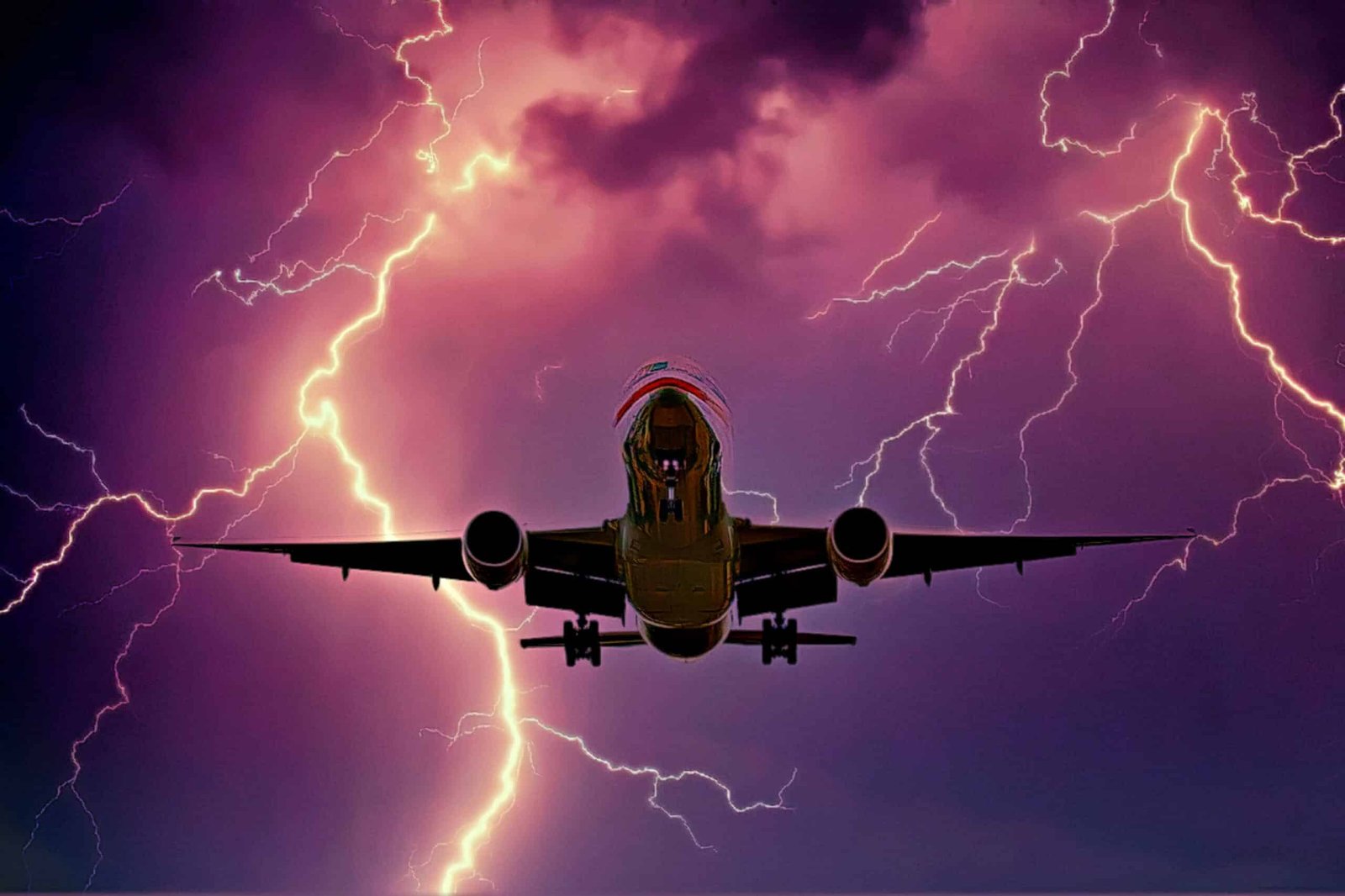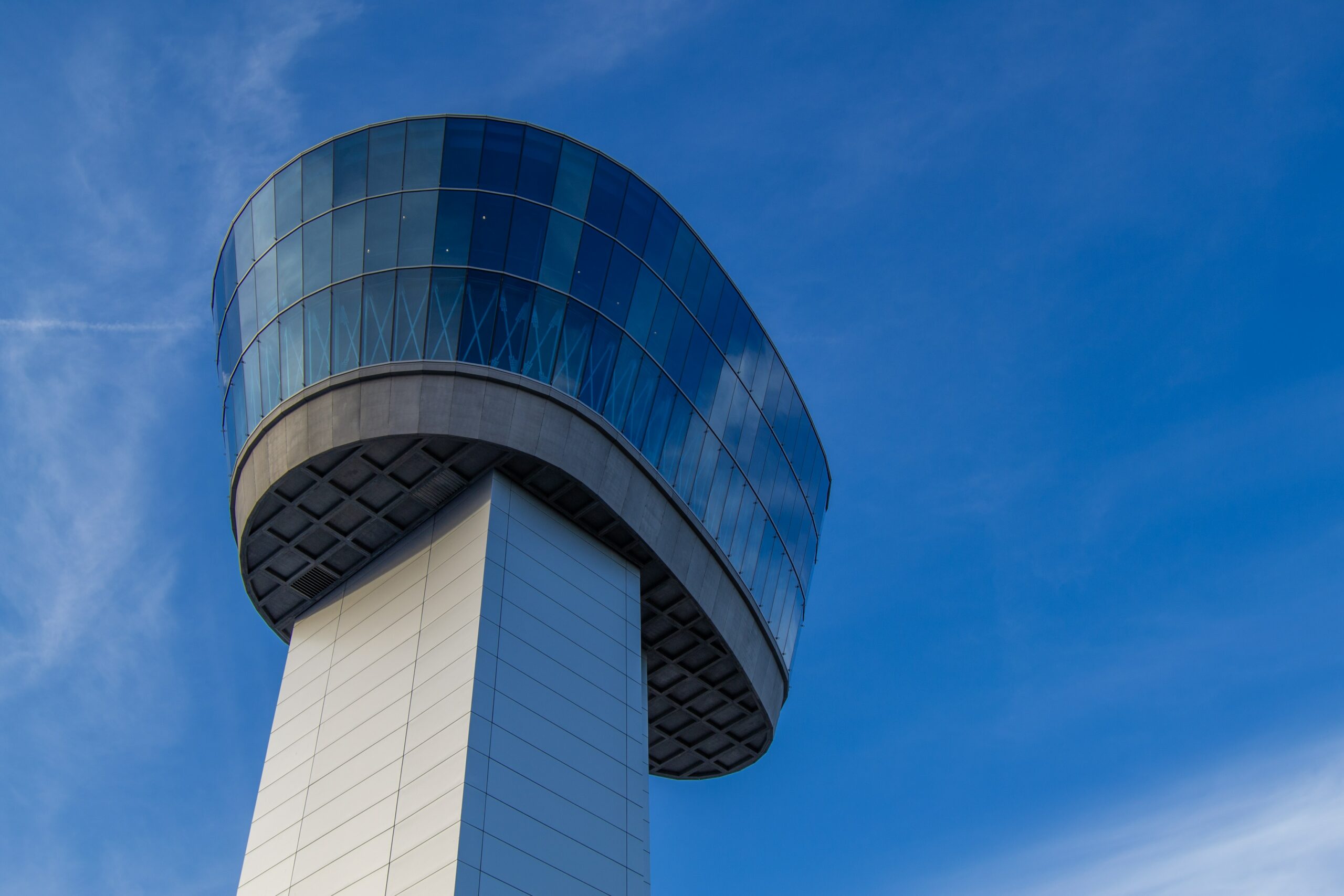What Weather Can Planes Not Fly In?

When you hear the phrase “flying weather,” what do you think? Probably warm, sunny skies with fluffy white clouds. But what about heavy rain, thunderstorms, or other types of severe weather conditions?
When it comes to the weather, planes are like little kids. They love playing in the rain and sleet, but they know better than to go outside when it’s snowing or raining hard. Unfortunately, sometimes Mother Nature can be a bit more stubborn, and planes have to fly when conditions are too dangerous.
In this article, we’re going to take a look at different types of weather that will be challenging for planes to fly in, and provide some tips on how to prepare for them. So whether you’re flying to your summer vacation destination or just need to get home from work sooner than expected, be sure to check the weather forecast before you leave!
What Are the Weather Conditions That Can Prevent Planes From Flying?
Airlines have to adhere to certain weather conditions that prevent flights from taking place. These conditions can include thunderstorms, high winds, fog, snow, and icing. If the weather conditions are too bad, then planes may be grounded or forced to divert. Most airlines are well aware of these conditions and will give updates to passengers before any flight is canceled or delayed. Some planes are specifically designed to fly in bad weather conditions, such as the military’s C-130 Hercules.
How Do Airlines Plan For Bad Weather?

Airlines use a variety of forecasting models to make predictions for the weather conditions that will prevail over their destination airports. However, some airports are more prone to bad weather than others, which means that airlines have to adjust their flight plans accordingly. Airlines also have specific guidelines that they must follow when flying in bad weather, such as avoiding thunderstorms and diverting when visibility does not meet requirements.
Here are some examples of weather conditions that can prevent planes from taking off:
- Extreme winds
- Low visibility
- Heavy snow
- Microburst
- Thunderstorms
- Icing
- Fog
What Are Steps Pilots Take When Bad Weather Is Forecasted?
Pilots take several steps when bad weather is forecasted. First, they consult the aviation weather advisory (AWA) or read weather charts to get a more detailed look at the conditions. Next, they determine their destination and whether it is within the flying limits of their aircraft and company policies. If not, they make alternative plans. Finally, they check with their airline to see if any flights are canceled or diverted due to the weather.
If bad weather is forecasted for the pilot’s destination, they may need to divert to an alternate airport. If their aircraft is not capable of flying in bad weather, they will need to make other arrangements.
How Does the Air Traffic Control System Work in Bad Weather?

When bad weather affects airports, the Air Traffic Control System (ATS) works to keep planes and aircraft safe. The ATS is a network of people, radar, and other equipment that directs planes and aircraft around airports. In bad weather, the ATS may have to reduce the number of flights in and out of an airport. This means that some flights will not be able to take off or land.
The ATS uses several methods to keep planes safe in bad weather. For example, it may redirect planes to other airports if the original airport is closed. Air Traffic Control (ATC) can also provide weather advisories to help pilots get a better understanding of what the weather is doing.
How Do Airports Handle Bad Weather Situations?
Bad weather situations can cause many problems for airports, including canceled flights and stranded passengers. Here’s a look at some of the most common issues and how airports typically handle them.
Canceled Flights
The first problem that can arise when bad weather hits an airport is canceled flights. If a plane is scheduled to fly in but the conditions are too dangerous to fly, the airline can cancel the flight. Depending on the airline, all of the passengers on the plane will be refunded or provided with compensation and given a list of alternate airfare options. If a passenger is already on the plane when it’s canceled, they should be placed on a new flight as soon as possible.
Stuck Passengers
Another common issue that airports face during bad weather is stuck, passengers. If there is an extended delay or suspension of service at an airport, passengers may find themselves stranded. In these cases, airport staff will work to get everyone sorted out as quickly as possible. Sometimes this means providing food and drink, arranging transportation, or even giving advice on where to stay if necessary.
What are the consequences of bad weather affecting air travel?

Bad weather can have many consequences for air travel, including cancellations and delays. Here are five of the most common:
- Cancellations: Bad weather can cause cancellations, which can disrupt your travel plans and waste your time and money. Airlines will typically refund your ticket price and may give you a credit for future travel.
- Delays: Flying during bad weather can often lead to delays. This is because bad weather often causes air traffic to be disrupted, which can cause flights to be canceled, delayed, or diverted. Airlines will usually provide food and drinks while on delay, but they may not provide a place to sleep.
- Poor visibility: When conditions are bad, it’s difficult for pilots to see the airport runway or other aircraft in the sky. This can lead to accidents and make flying dangerous. Pilots may also be forced to fly at different altitudes, which can result in longer flight times and more fuel consumption.
- Widespread outages: Air travel is also affected when widespread outages occur at airports or in the air traffic control system.
It Is All for Your Safety
When it comes to weather, the sky is not the limit. There are a few regions of the world where specific aircraft simply cannot fly due to dangerous air conditions. If you’re ever planning on flying somewhere and your destination falls within one of these regions, be sure to consult with your airline beforehand to see if they can accommodate you in some other way.